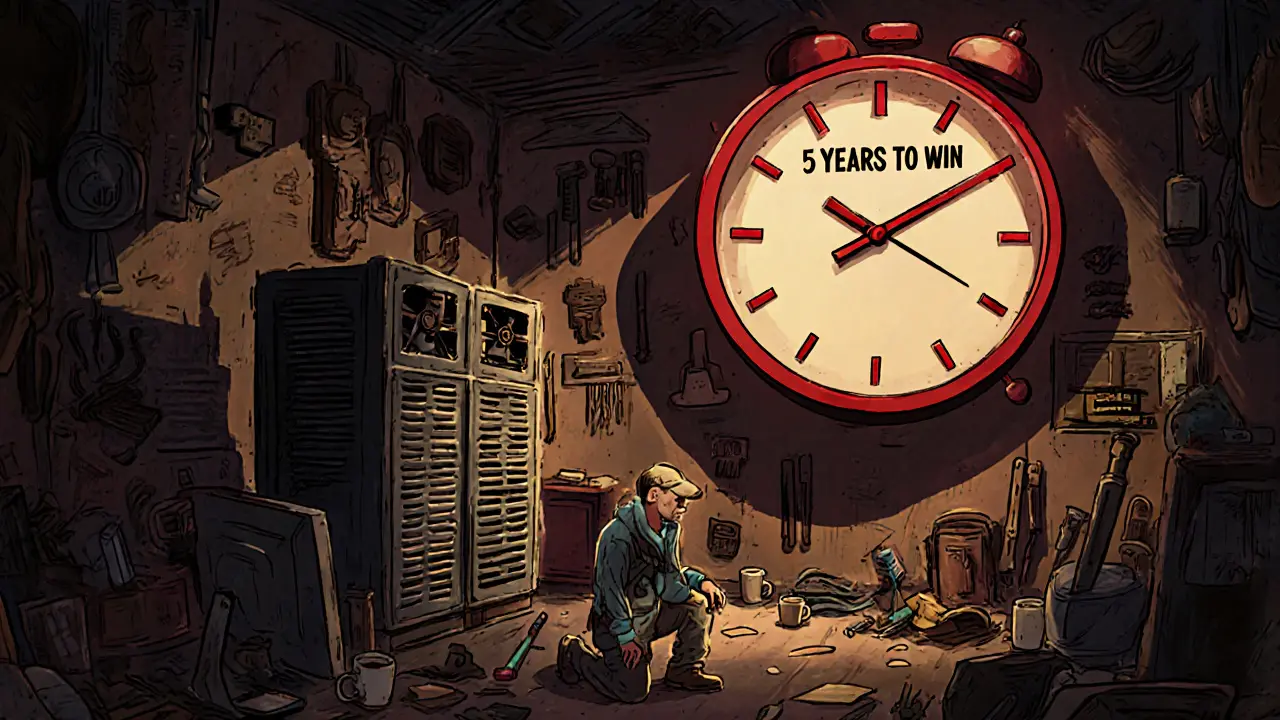Solo Mining: What It Is, Why It’s Hard, and Where It Still Makes Sense
When you solo mining, the act of using your own hardware to validate blockchain transactions and earn rewards without joining a mining pool. Also known as individual mining, it’s the original way Bitcoin was mined—back when a regular computer could compete. Today, solo mining is like trying to win the lottery by buying one ticket. The odds are stacked against you, but for some, the thrill and independence still make it worth a try.
Proof of Work, the consensus mechanism that powers Bitcoin and other blockchains by requiring computational effort to add new blocks is what makes solo mining possible. But as networks grew, the difficulty jumped. What took hours in 2010 now takes years for one machine. You need specialized hardware—ASICs built just for Bitcoin—to even get in the game. And even then, you might go months without finding a single block. Most miners now join pools, where rewards are shared, and payouts are steady, if smaller. Solo mining doesn’t offer that safety net.
Still, there are reasons someone might choose it. Maybe you believe in decentralization and want to avoid relying on pool operators. Maybe you’re testing a new mining setup and want to see raw performance. Or perhaps you’re mining a smaller coin with low network hash rate, where the chances are better. Some miners still try solo on Litecoin, Monero, or even niche Ethereum forks—though even there, pool mining dominates. The key is knowing your hardware, your electricity cost, and your patience level. If you’re not ready to lose money for months, solo mining isn’t for you.
What you’ll find below are real stories and data from people who’ve tried it—some who walked away, others who kept going. You’ll see how mining hardware has changed, what electricity prices actually matter, and why some blockchains still allow solo miners to compete. There’s no sugarcoating: solo mining today is a high-risk, low-reward path. But if you understand the rules, you might just find a corner where it still works.
